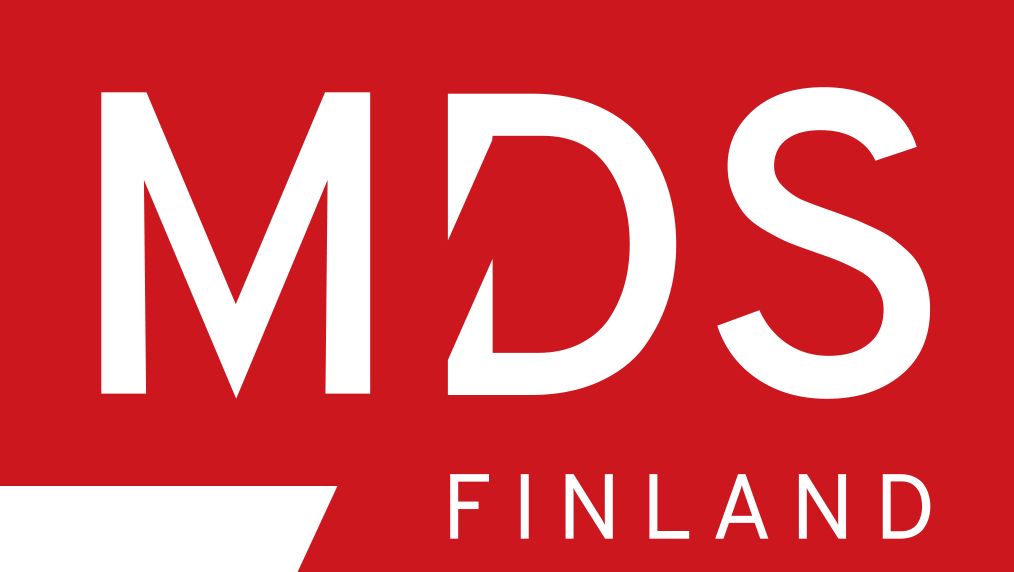This spring, our consultants at MDS have been deeply involved in several intensive regulatory milestones. We supported clients through multiple Stage 1 and Stage 2 MDR audits, and participated in the TDA (Technical Documentation Assessment) process for various technical files. These experiences gave us a clear reminder: success in MDR certification hinges not only on regulatory knowledge but also on strong client collaboration and clinical ownership.
Real-World MDR Readiness Starts with Shared Responsibility
A recurring theme in these projects has been the importance of shared ownership. At MDS, we bring deep expertise in regulatory documentation and MDR processes, and we work best when we integrate directly with our clients’ teams. By actively collaborating, communicating clearly, and aligning on roles, we help ensure that nothing falls through the cracks.
For companies early in their MDR journey, involving internal experts is especially valuable. A shared understanding of the device’s clinical purpose and evidence strategy sets the stage for a successful regulatory outcome. We support by translating this into robust, compliant documentation and guiding the development of a solid MDR roadmap.
Clinical Evaluation Needs Strong Partnership
MDR-compliant clinical evaluation is complex—but it’s an area where we provide significant value. At MDS, our experts help shape clinical evaluation strategies, support protocol development, and structure documentation that meets regulatory expectations.
We also offer CRO services that can extend your team’s capabilities, especially when internal resources are limited. That said, a strong foundation in the device’s clinical function, intended use, and target outcomes—whether internal or secured through expert partners—helps us tailor our support to be most effective.
When clients are clear on what their device aims to achieve and what kind of evidence is needed to support that claim, we can ensure the entire MDR process is aligned for success. For instance, defining what a device is intended to do, what risks it mitigates, and what kind of evidence is needed to prove its performance — this is knowledge that should live within the company.
From Startup Support to Senior Consultancy
Our experience this spring has shown us how much value external consultancy can bring—not only to new entrants navigating MDR for the first time, but also to more established companies. Whether it’s supporting a new quality manager, helping fill gaps during staffing transitions, or bringing senior-level insight into change management, we often step into flexible roles depending on the maturity of the company.
Being present in both internal and external audits has allowed us to guide clients through the process in real time. We understand the auditor mindset and can help interpret expectations, document priorities, and regulatory nuances—particularly when TDA processes are in play.
One Key Takeaway: Strong Processes Start with Strong Communication
Regulatory compliance is a shared effort. The most successful projects we’ve seen this year all had one thing in common: clients who engaged early, contributed actively, and partnered with us to define a clear roadmap. With clinical knowledge from the client and regulatory know-how from MDS, MDR compliance becomes not only possible, but efficient.
We’re here to help
To learn more about how our services can support your device compliance, contact us at sales@mdsfinland.com or schedule a consultation via Book a Meeting.
